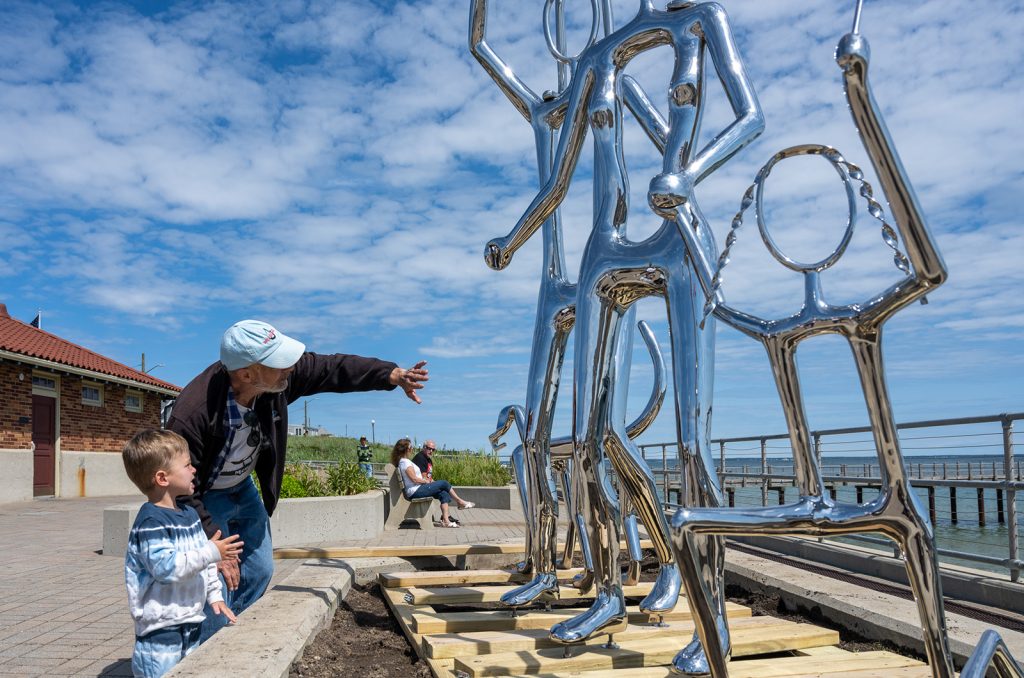Introduction
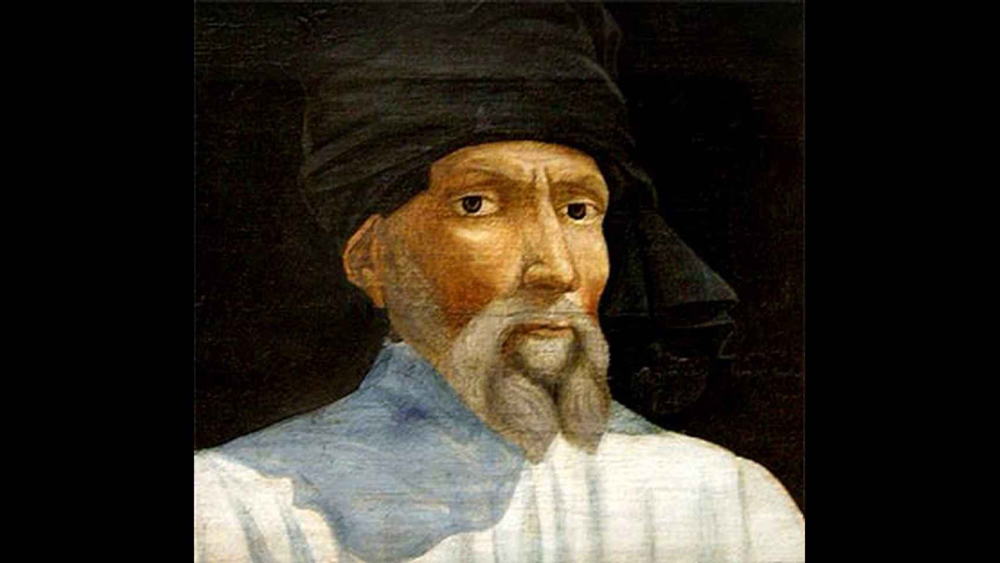
Donatello, also known as Donato di Niccolo di Betto Bardi, was an Italian sculptor of the Renaissance period, and Donatello Sculptures held an important position in the history of sculpture. This article will delve into Donatello’s sculpture art, including his life, works, creative style, and his influence during the Renaissance.
Donatello’s Life
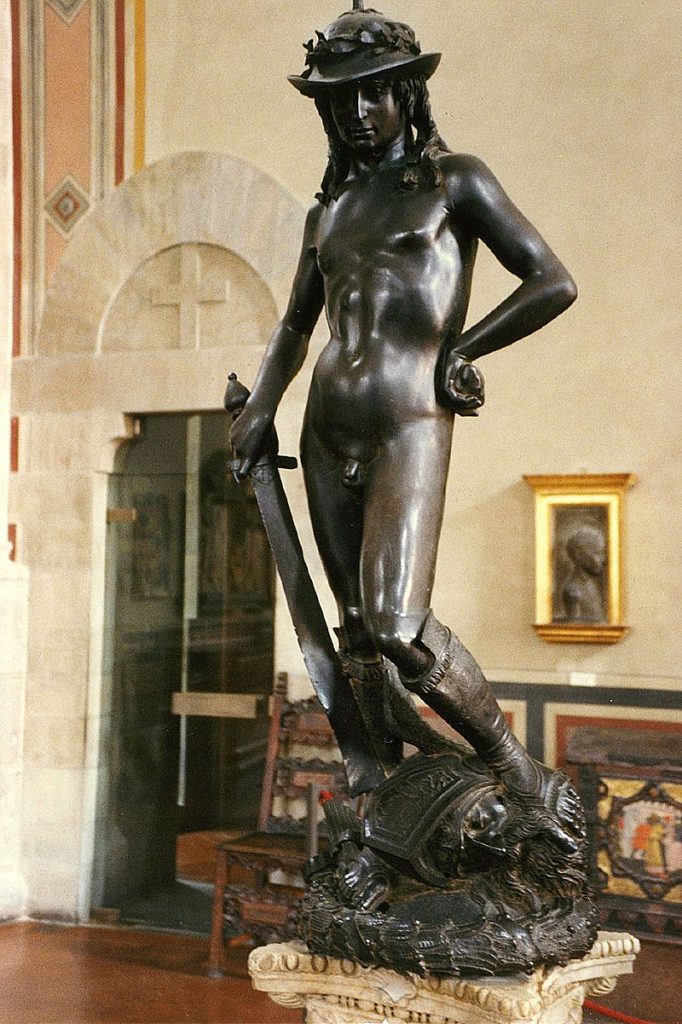
Donatello was born in 1386 and spent most of his life and career in Florence, where he received art training. His artistic career began with an early collaboration with another famous sculptor, Filippo Brunelleschi, which had a profound impact on their career. Donatello passed away in 1466, but his works are still revered by people today.
Donatello’s Sculpture Works
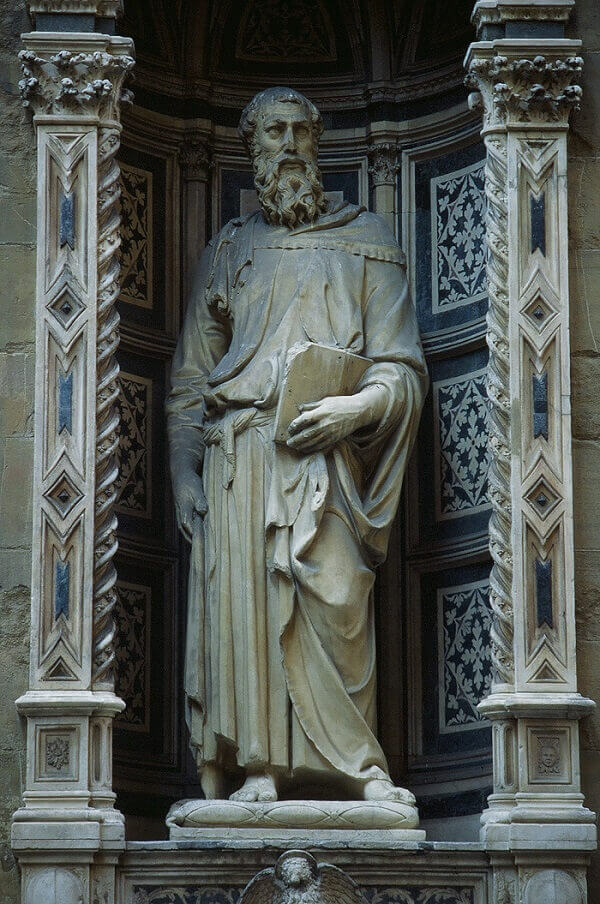
Donatello sculptures cover various themes and materials, and he created many outstanding sculptures at different times. Here are some of his most famous works:
David Statue: This statue is one of Donatello’s most famous works, created around 1440. It depicts the story of a young David in the Bible, preparing to face the giant Goliath. This statue is cast in bronze, showcasing Donatello’s exquisite skills in anatomy and dynamic expression.
Statue of St. George: This statue is located at the top of the Orbridge columns of the Orbridge in Florence and is another masterpiece by Donatello, created from 1417 to 1420. It depicts the legend of Saint George and the Dragon, and is one of Donatello’s early masterpieces.
Statue of John the Baptist: This statue was created between approximately 1440 and 1446, showcasing Donatello’s profound portrayal of character traits and exquisite sculptural skills. It is now located on the altar of the Cathedral of the Virgin Mary in Florence.
Florence Baptistery’s Gates of Paradise: Donatello created 10 bronze relief panels for the religious doors of Notre Dame Cathedral, which are considered one of his most outstanding works, showcasing biblical stories and Christian history.
Donatello’s creative style
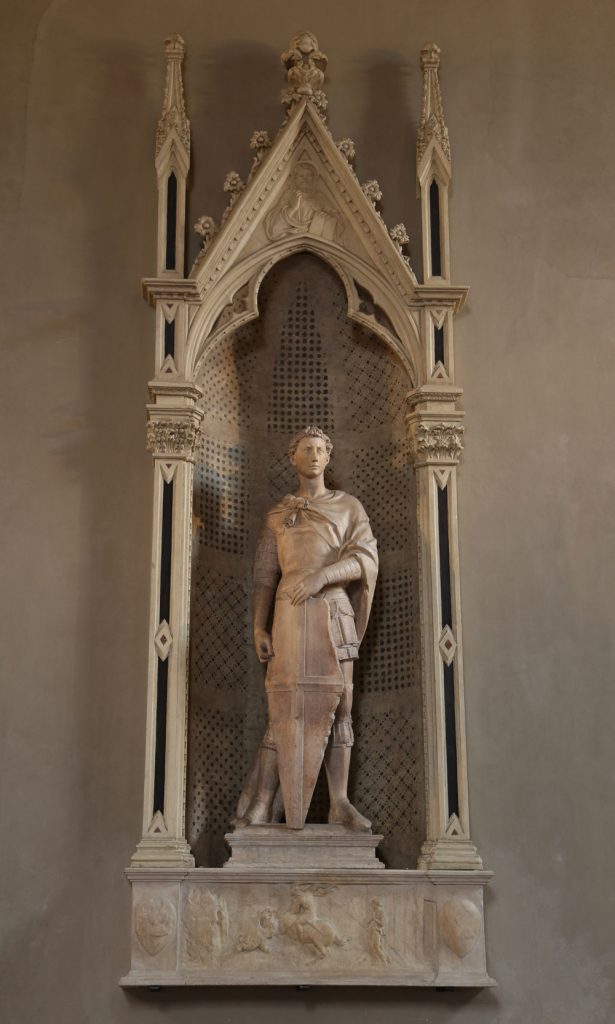
Donatello sculptures style is full of Renaissance characteristics:
Character Shaping: He is good at creating realistic character images, emphasizing anatomy and muscle structure, making his sculpture characters lifelike.
Dynamic performance: Donatello’s sculptures are full of dynamism, as he is adept at capturing the postures and movements of characters in different contexts, allowing viewers to feel the vividness and vitality of the work.
Emotional expression: He conveys emotions through the expressions and postures of the characters in the sculpture, making the work more infectious and profound.
Naturalism: Donatello’s works emphasize naturalism, striving to make characters and scenes appear realistic and realistic.
Complex Details: His sculptures are filled with complex details, including decoration, patterns, and backgrounds, showcasing his attention to artistic details.
Donatello’s Influence during the Renaissance
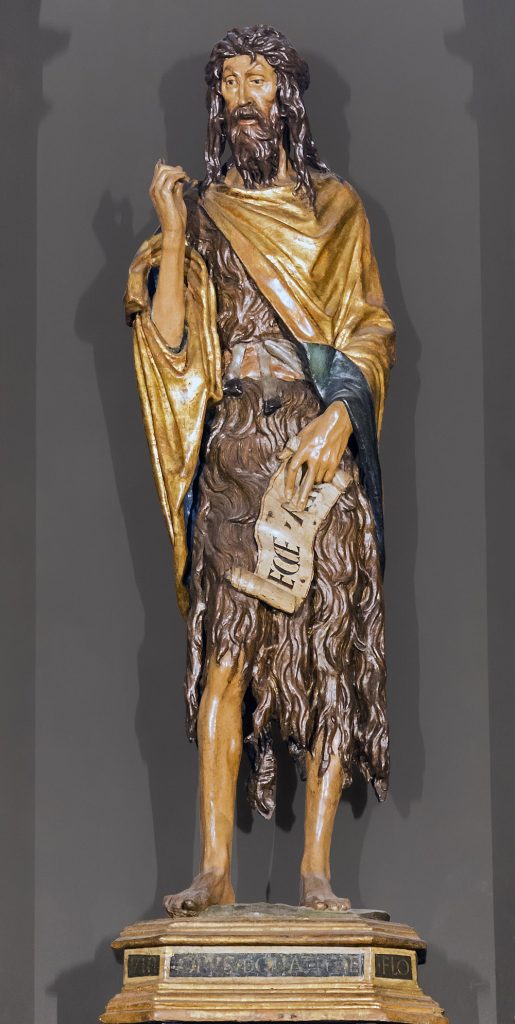
Donatello sculptures had a profound impact on the sculpture art of the Renaissance. His sculptural skills, characterization of character traits, and naturalistic expression inspired many later artists. His works represent the artistic concepts of the Renaissance, emphasizing humanism, natural observation, and respect for classical culture, laying a solid foundation for later artistic development.
Conclusion
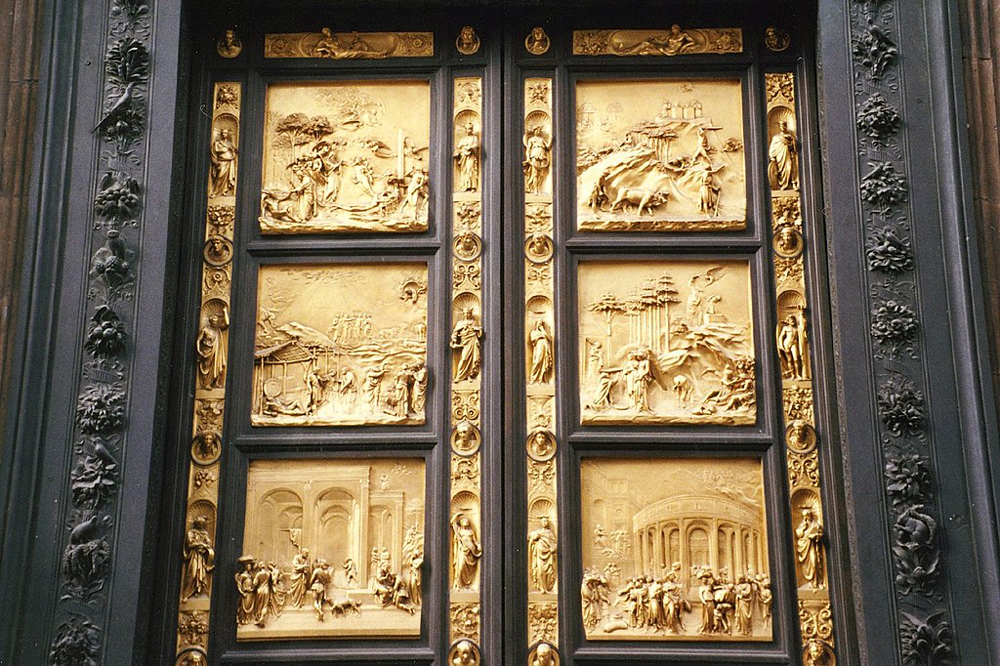
Donatello was one of the most outstanding sculptors of the Renaissance, and his works held an important position in the history of sculpture. His sculpture works are known for their realistic character images, profound emotional expression, and naturalistic style, injecting new vitality into the sculpture art of the Renaissance. His works are still appreciated and revered by art enthusiasts around the world, setting a model for future generations in art.

